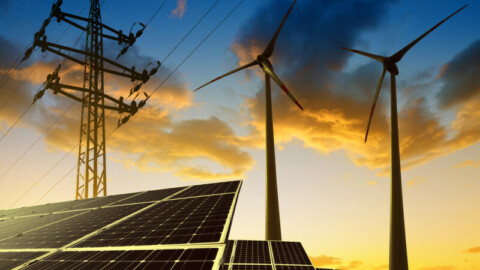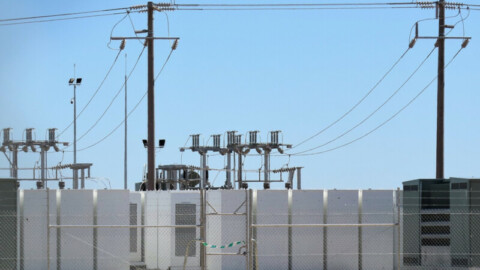The growing role of renewable energy in Australia’s energy market, and managing the transition, is a critical area of focus for many in the industry. The team at Standards Australia is also undertaking extensive work to ensure the industry has recognised standards to work within as we make the transition.
Sustainable energy remains a strong economic and environmental theme globally.
The United Nations has set an ambitious 15-year plan that addresses the global challenges we face, including how to protect the planet through the use of renewables.
While the sector is growing in Australia, one report outlines that renewable energy accounted for only six per cent of our nation’s primary energy consumption in 2017-181.
Standards Australia continues to be a part of the broader conversation and is providing support in the ongoing development and implementation of sustainable options.
This year has seen standards developed and working groups engaged to support three critical aspects of sustainable energy – battery storage, ocean energy and hydrogen.
Making a splash
At an early age, we learn the earth is 70 per cent water, and until now, this resource has gone widely underutilised.
New technologies and innovative thinking have led to opportunities to harvest energy directly from the natural movement occurring in oceans.
Ocean energy is a broad term that covers tidal energy, wave energy and ocean thermal energy. In Australia, we have significant ocean currents like those off the coast of Western Australia or Queensland.
Having arguably the most significant ocean resources available by country, Australia is uniquely placed and has a strong role to play in ocean energy development.
Standards Australia has formed the Australian Marine Energy Standards Mirror Committee to the International Electrotechnical Commission on Marine Energy Standards (IEC-TC114): EL-066 Marine Energy – wave, tidal and other water current converters.
Ready H2 Go!
Just over a year ago, Standards Australia established a technical committee to work towards adopting and developing standards to support the next wave of hydrogen technology.
Eight standards to support hydrogen use and transportation in Australia have now been published as a first step in this ambitious work program.
These standards aim to help propel the hydrogen industry to reach its potential. A recent report calculated global demand for hydrogen exported from Australia could be almost a million tonnes by 2030, adding up to $11 billion in GDP growth each year until 20502.
The standards adopted include:
» AS 16110.1:2020, Hydrogen generators using fuel processing technologies, Part 1: Safety (ISO 16110-1:2007, MOD)
» AS ISO 16110.2:2020, Hydrogen generators using fuel processing technologies, Part 2: Test methods for performance
» AS ISO 14687:2020: Hydrogen fuel quality –Product specification
» AS 22734:2020: Hydrogen generators using water electrolysis – Industrial, commercial, and residential applications (ISO 22734:2019, MOD)
» SA TS 19883:2020: Safety of pressure swing adsorption systems for hydrogen separation and purification (ISO/TS 19883:2017, MOD)
» AS ISO 16111:2020: Transportable gas storage devices – Hydrogen absorbed in reversible metal hydride
» AS ISO 19881:2020: Gaseous hydrogen – Land vehicle fuel containers
» AS 19880.3:2020: Gaseous hydrogen – Fuelling stations, Part 3: Valves (ISO 19880- 3:2018, MOD)
Hydrogen has the potential to transform energy use and change the way we power transport communities and businesses.
The adoption of international standards not only intends to support the safety of users but can go a long way in facilitating international trade and enabling Australia to participate in the global hydrogen economy.
Standards Australia will continue working with government, regulators and experts to support the successful use of this energy and other sustainable energy options on the horizon.
Growth in grids
Last year there were over 22,000 small-scale batteries installed across Australia3. To support the growing market, Standards Australia published AS/NZS 5139:2019, Electrical installations – Safety of battery systems for use with power conversion equipment.
Unlike other energy storage and generation, batteries offer more flexibility. They can respond faster, maintain grid stability by being used when needed, and can be installed and used in large and small proportions.
Supporting this energy can go a long way to furthering sustainable energy options in both Australia and globally.
This standard is a first for battery storage, developed with manufacturers, integrators, designers and installers of battery energy storage
systems in mind. AS/NZS 5139:2019 intends to guide safety and installation of battery systems connected to power conversion equipment.
Supporting sustainable energy
Energy options are continually evolving, and Standards Australia is committed to proactively working to support and provide a foundation for these ongoing developments.
The global appeal to address climate change is driving significant growth in renewable sources of power generation. While we are just beginning the journey in this sector, Standards Australia will continue to provide important updates.


















